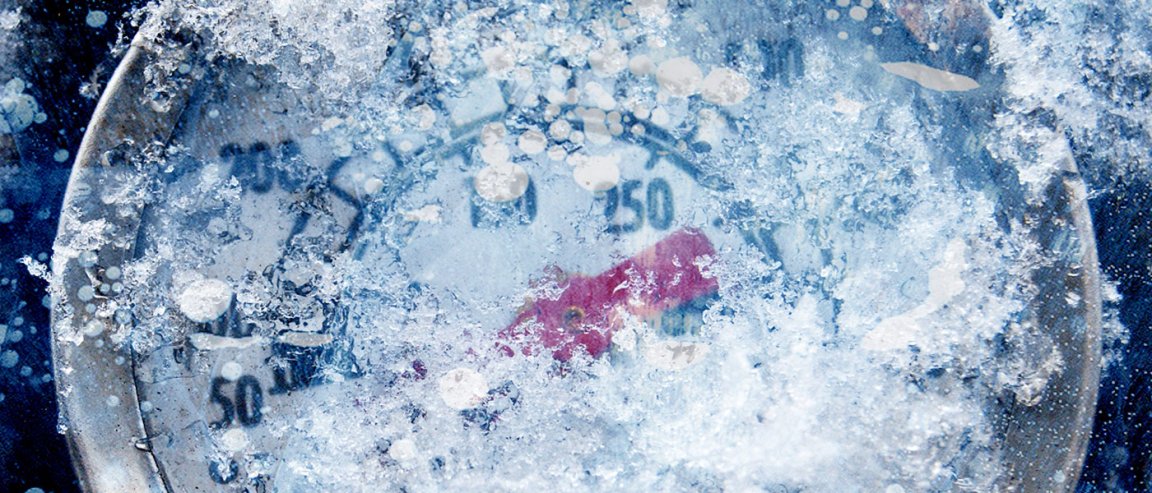
Super, Super Cold
Within quantum mechanics, there has been an observable limit (the quantum backaction limit) on how low you can cool an object experimentally. Up until very recently, that limit had not been challenged by conventional laser cooling techniques. However, physicists at the National Institute of Standards and Technology (NIST) cooled an object to a temperature below this quantum-limit. Theoretically, the novel technique they used could even cool objects to absolute zero.
The object cooled, a microscopic vibrating aluminum drum, was cooled to less than one-fifth of one quantum. NIST researchers were previously able to cool the drum to one-third of one quantum by using a similar technique called sideband cooling. They used the tones of microwaves to create a charge to make the drum beat about 10 million times per second, which generated photons (light particles). As the photons leaked out of the electromagnetic cavity, they took phonons (mechanical units of energy) with them. This departure of energy created the extreme cooling.
In the more recent experiment, the researchers were able to cool the drum to such a low temperature by using what is called squeezed light to power the beating of the drum. As described in the most recent issue of Nature, the researchers squeezed the electromagnetic vacuum whose quantum fluctuations are what limit the lowest reachable temperatures through conventional methods.
The “squeezing” refers to a technique in which unwanted fluctuations are moved from the light (a useful property) to a property irrelevant to the experiment. This new technique eliminates the generally accepted limit on cooling, and it even applies to objects that are more difficult to cool, like those that are large or that operate at low frequencies.

Better Quantum Computing
“The colder you can get the drum, the better it is for any application,” according to NIST physicist John Teufel. “Sensors would become more sensitive. You can store information longer. If you were using it in a quantum computer, then you would compute without distortion, and you would actually get the answer you want.”
This experiment has shown that objects can be cooled below the previously accepted quantum limit (even, theoretically, as low as absolute zero). This could have a drastic impact on research and technology. Increasing sensor sensitivity could allow for more control and precision in research, especially in rising fields like nanotechnology.
Quantum computers are theoretically capable of solving problems that are currently “unsolvable.” Currently, they are limited by distortion created by high temperatures, but this advancement completely eliminates this issue, at least theoretically. One day, the development of this light squeezing supercooling method could be viewed as a major milestone on the path to a highly advanced future where research lacks the limitations it faces today.